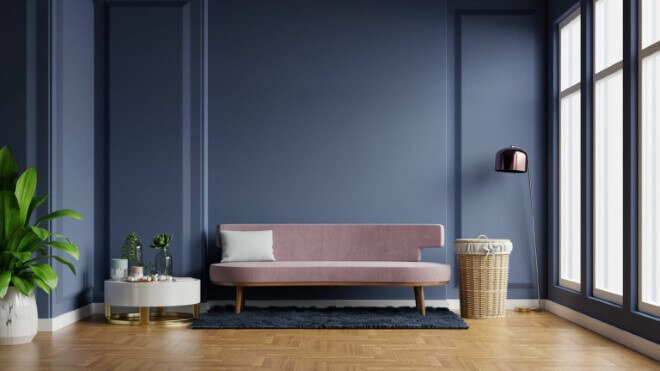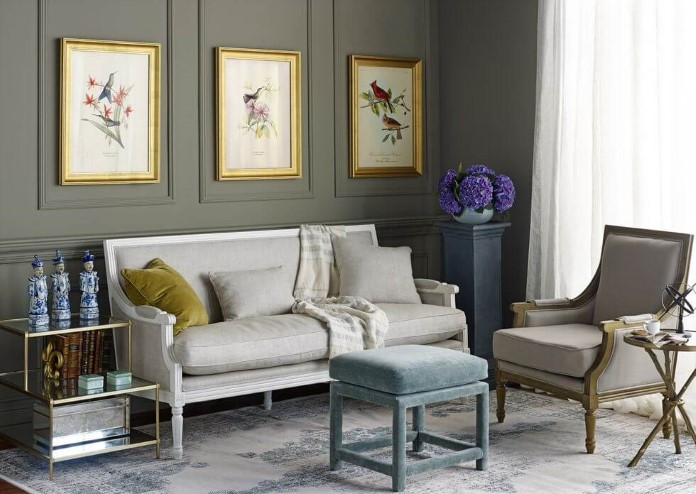Flat paint is the lowest option on a paint sheen scale. From lowest to highest gloss the options are flat/matte, eggshell, satin, semi gloss, and high gloss.
Each sheen has its strengths and weaknesses, and flat paints are great to use throughout many areas of the home.
Flat and Matte Finishes: Are They The Same?
Technically, no. Matte finish has a very slight gloss, while flat paint is non-reflective. However, how they are listed is dependent on the brand.
Some websites define flat or matte finishes differently and will note that matte has a slight sheen. Still, other sites use the terms interchangeably.
Depending on the brand, some are sold listed as flat/matte, others sell them as two separate sheens, while some companies sell one or the other.
All in all, these are both low sheen paint options and the differences are likely unnoticeable to most homeowners.
Benefits of Flat Paint
One of the best qualities of flat finishes is that they are exceptionally good at hiding surface imperfections. Touch ups also blend easily with the existing paint.

Small holes, previously patched areas, and other blemishes are better camouflaged with flat paint than with any other paint finish. Flat paints absorb light and can even help with disguising texture on walls.
Whether you are buying high or low quality paint, flat paint will be the cheapest finish. In general, the higher the gloss, the higher the price.
Drawbacks of Flat Finishes
Having little to no gloss means that these paints are not as durable as other paint finishes that are commonly used throughout a home, such as eggshell and satin paint finishes.
A flat finish is not stain resistant and requires more care when doing light cleaning.
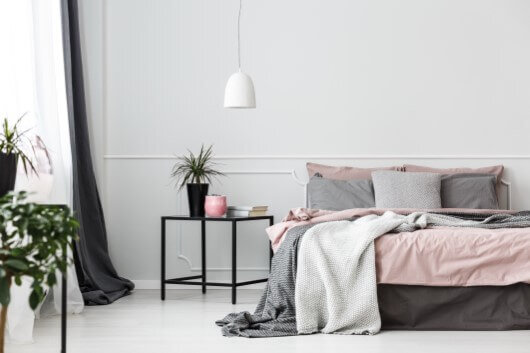
You will need to clean cautiously in order to avoid removing paint from the wall.
Flat paint is not as well equipped for high traffic areas or places that need frequent cleaning, such as kitchens.
However, like most paint, quality plays a huge role. In general, low quality paint is less pigmented and frequently diluted with solvents.
A high quality flat paint will make a difference when it comes to application, coverage, and durability, although flat sheens will still be the least durable when compared to other finishes.
In addition, some homeowners prefer the look of a flat paint over an eggshell or satin paint and choose to use it throughout their home, regardless of its drawbacks.
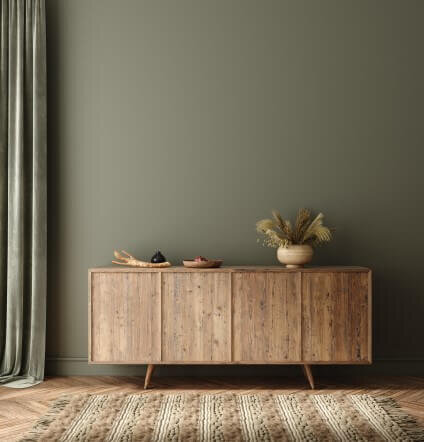
Common Uses For Flat Paint
Flat paint is frequently used throughout new constructions and rental properties due to its ability to hide imperfections. It is an excellent choice for landlords who are frequently touching up areas between renters because flat paints blend well.
Flat paint is perfect for concealing unwanted wall textures. Ceilings are another great place to use a flat paint finish.
Conclusion
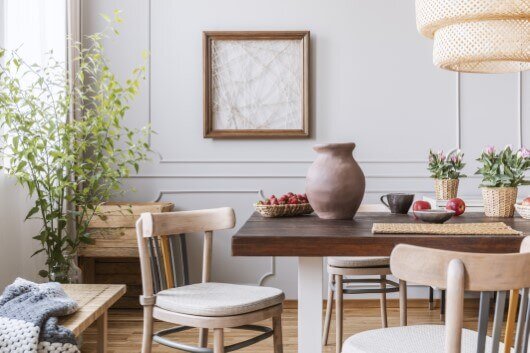
Flat paint is great to use for many areas of the home.
When it comes to flat paint, consider your home or project because one of the biggest benefits is also one of the greatest drawbacks.
One of the best benefits of flat paint is that it is exceptionally good at hiding surface imperfections and wall texture.
Touch ups also blend seamlessly and they are cheaper than other sheens.
On the flip side, flat paint is not nearly as durable as other types of paint. They require more caution when cleaning because scrubbing is likely to wash away paint.
Overall, considering your home or project will likely be the biggest determining factor in using this paint.

